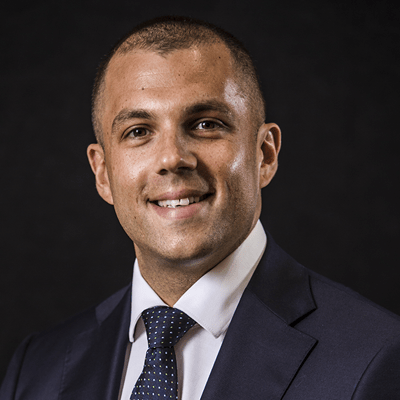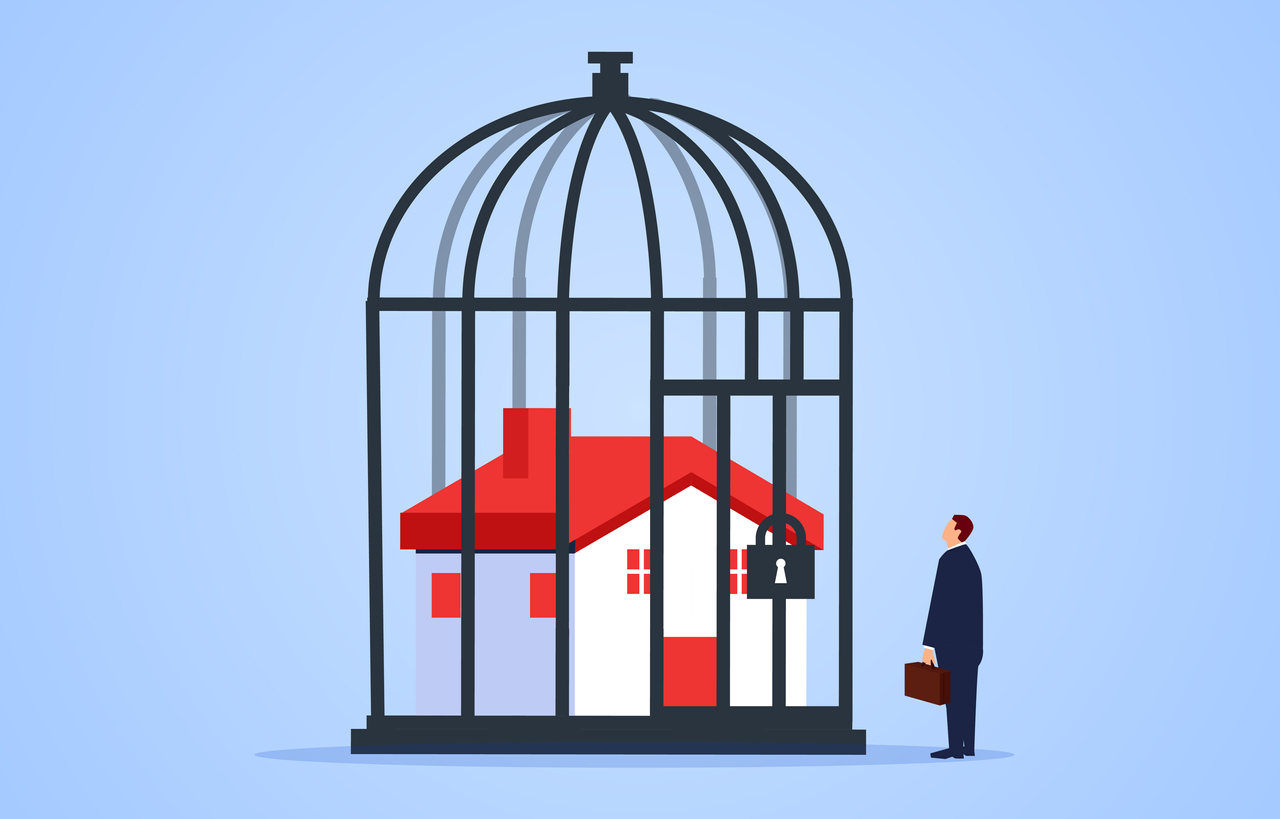The global pandemic we are currently living through has bought about significant changes for many, especially those on JobSeeker or JobKeeper. There are many variables that will dictate an answer to your question Emily, so we will break it down into steps.
The starting point for any savings plan is to establish an itemised budget. The best way to begin is to run through your bank statement and any credit cards that you use and record how you spend your money and what amount you spend, make sure to include items such as cash withdrawals so that you can obtain a true indication of your current spending.
Once you have noted all spending, start to categorise each spend into what is non-negotiable or essential (things like rent, mortgage repayments, and car registration) and what is a discretionary spend. Look through your discretionary spending to see if there are ways to cut back and allocate this towards your savings. Small lifestyle changes, such as making a meal at home instead of ordering take away, and shopping around for a cheaper health insurance can make a big difference to your ability to save money. It is important to remember that this exercise is not about being a kill joy to all of life’s fun activities – it is more about making informed choices for yourself.
Your question asks about “saving money for a rainy day”. It is important to define this goal. How much would you need for a rainy day? Is it 2 weeks of living expenses, or 2 months? Since you have an idea of what your expenses look like you can put an amount on the rainy-day fund. Having an amount, you can actively work towards saving helps make the goal seem more achievable and can help you track your progress. Gaining a greater understanding of what it is you want to achieve is the pathway to which direction you need to travel.






















